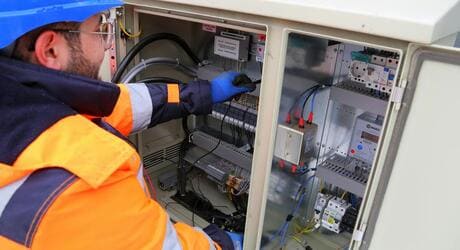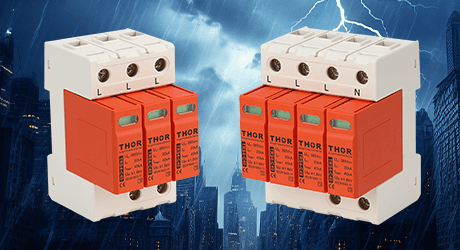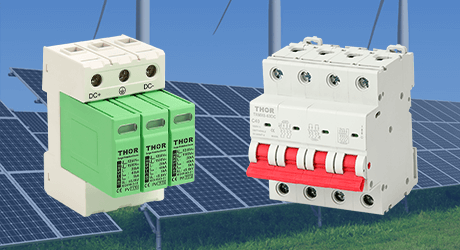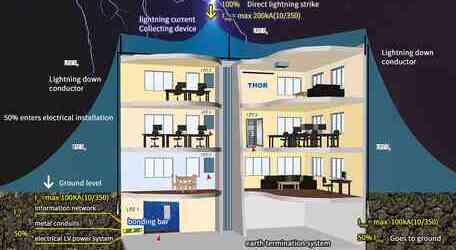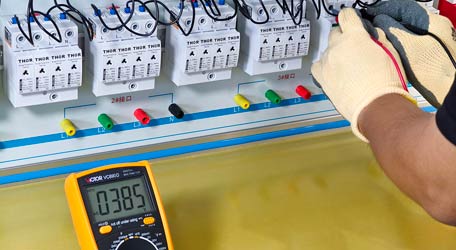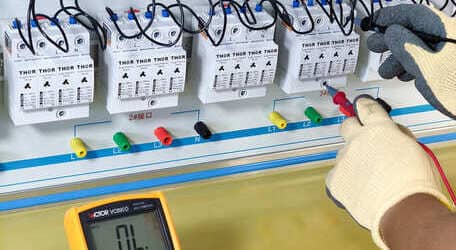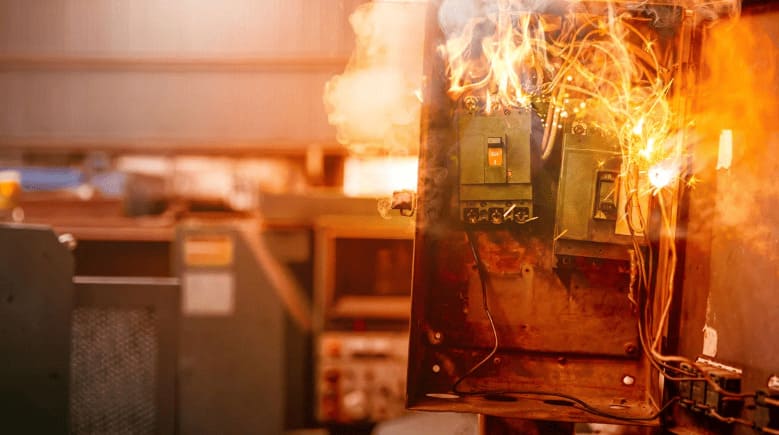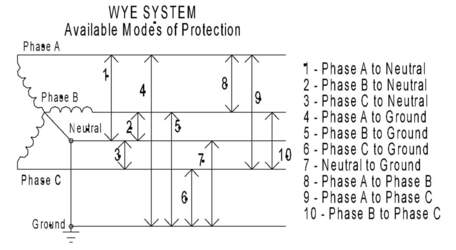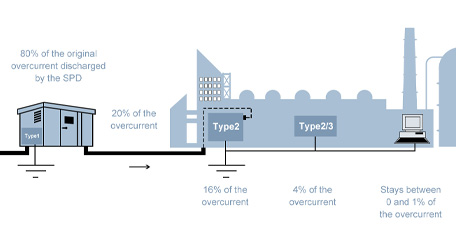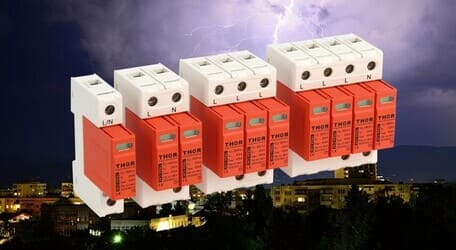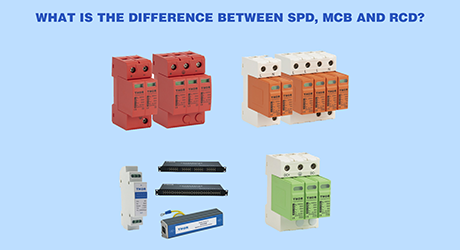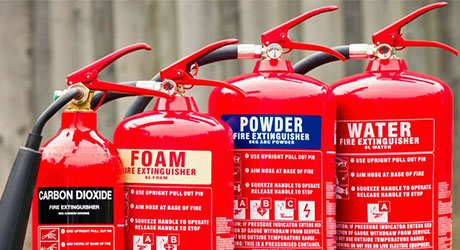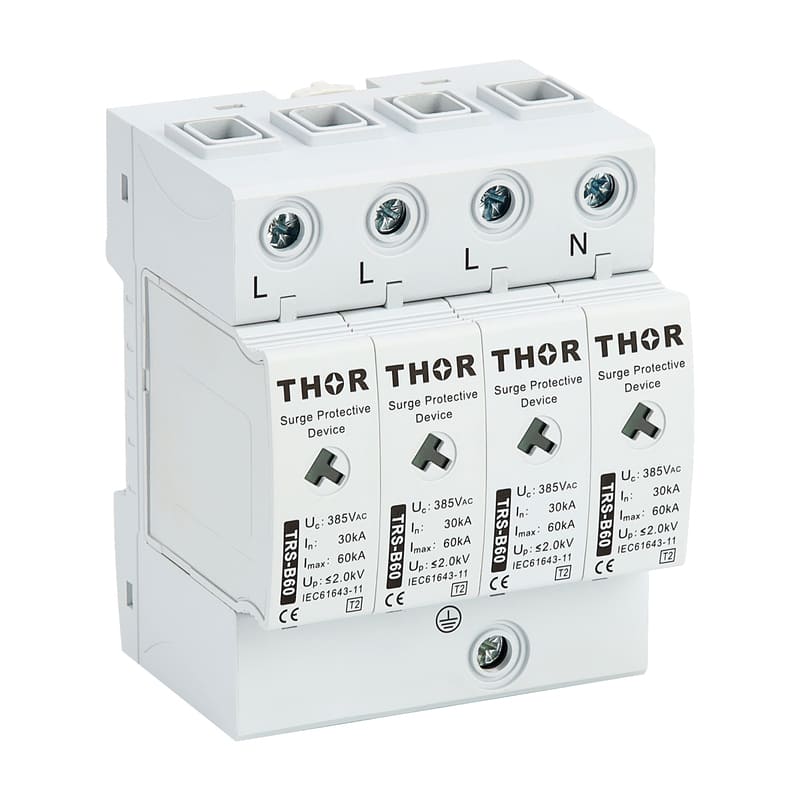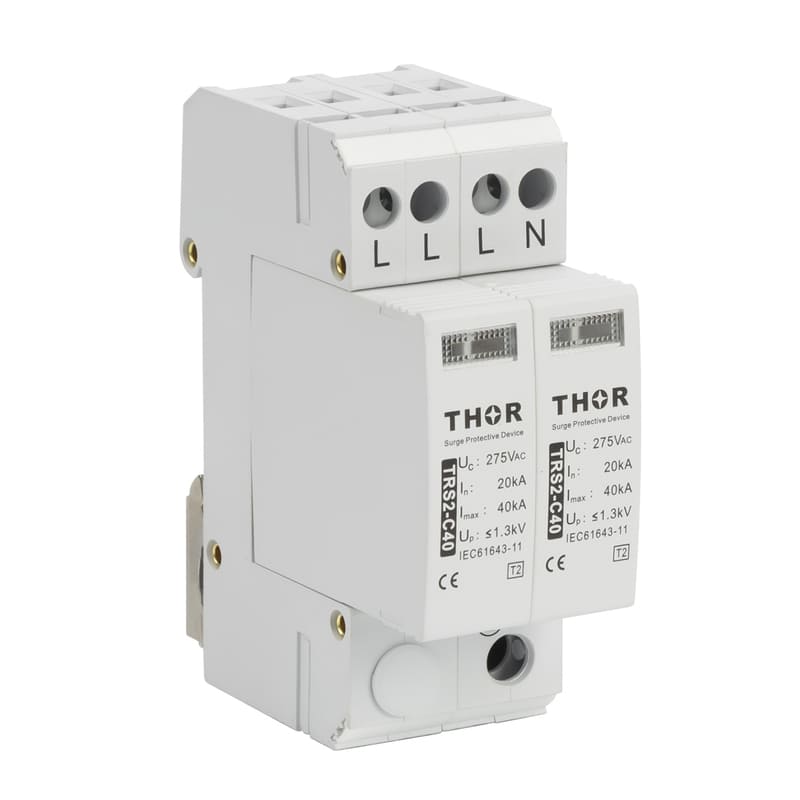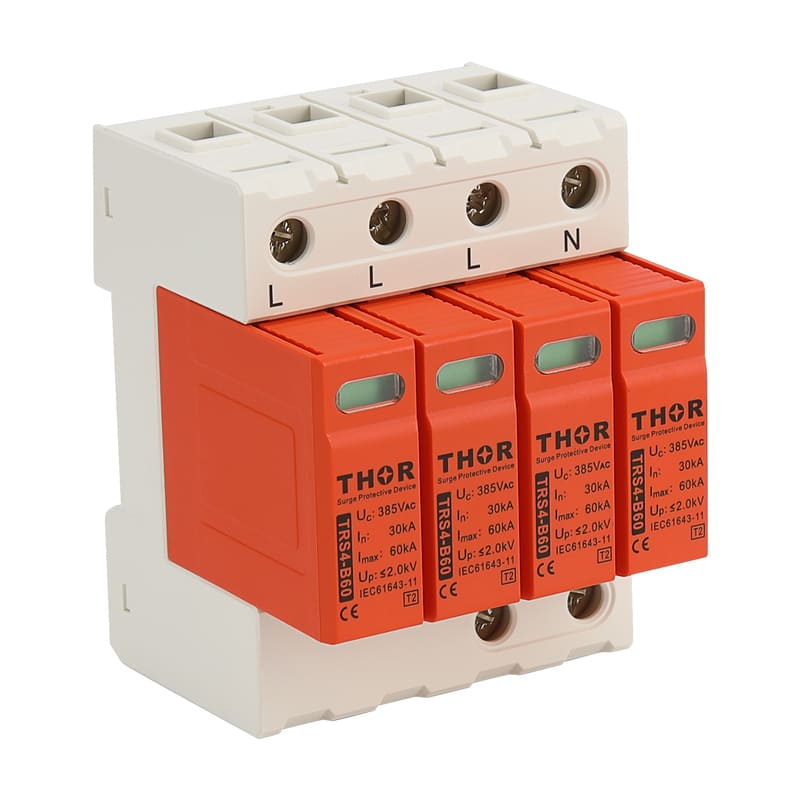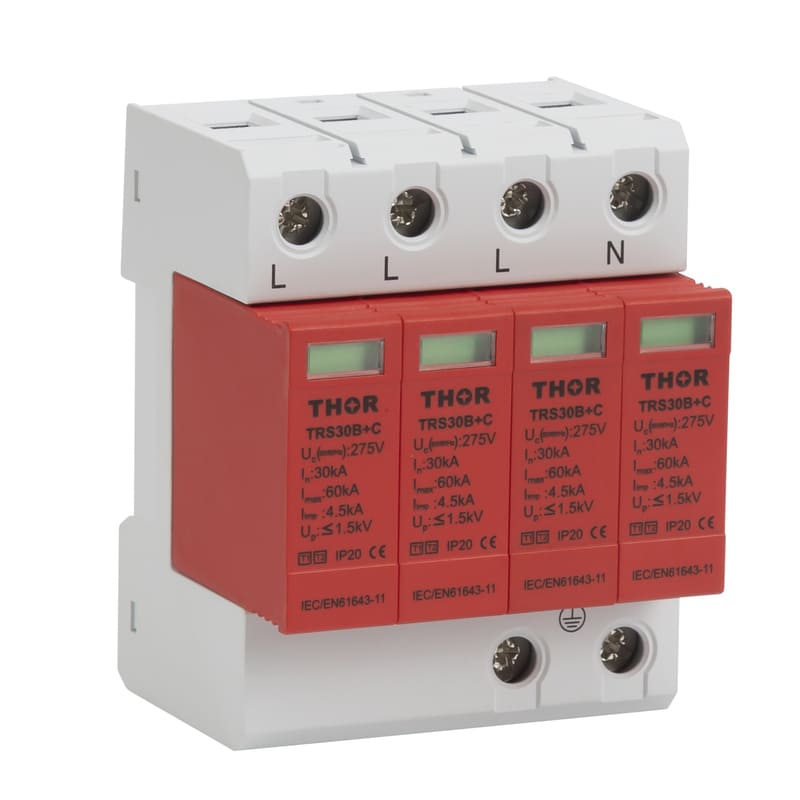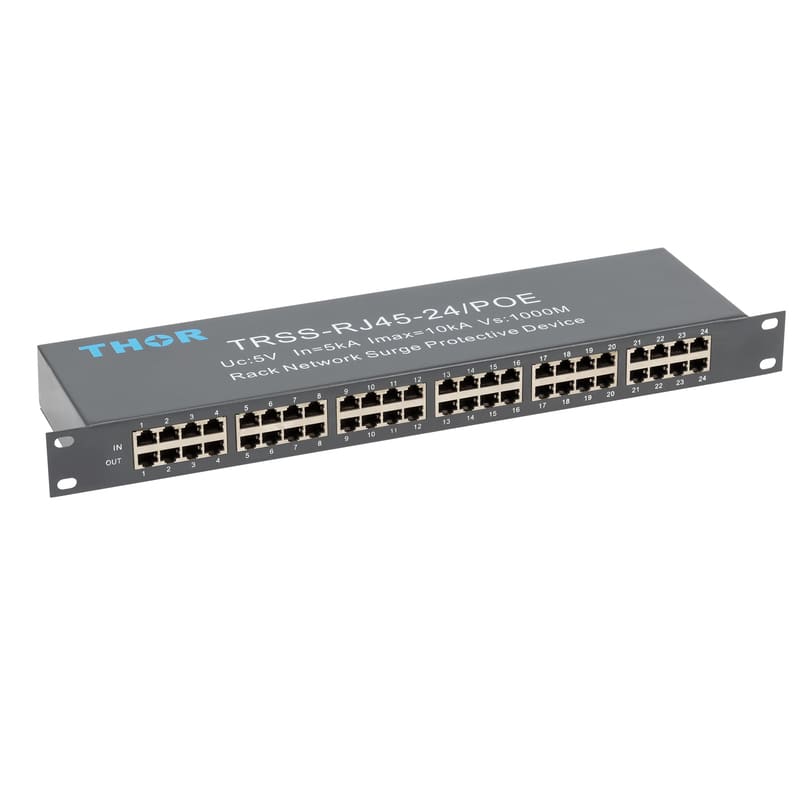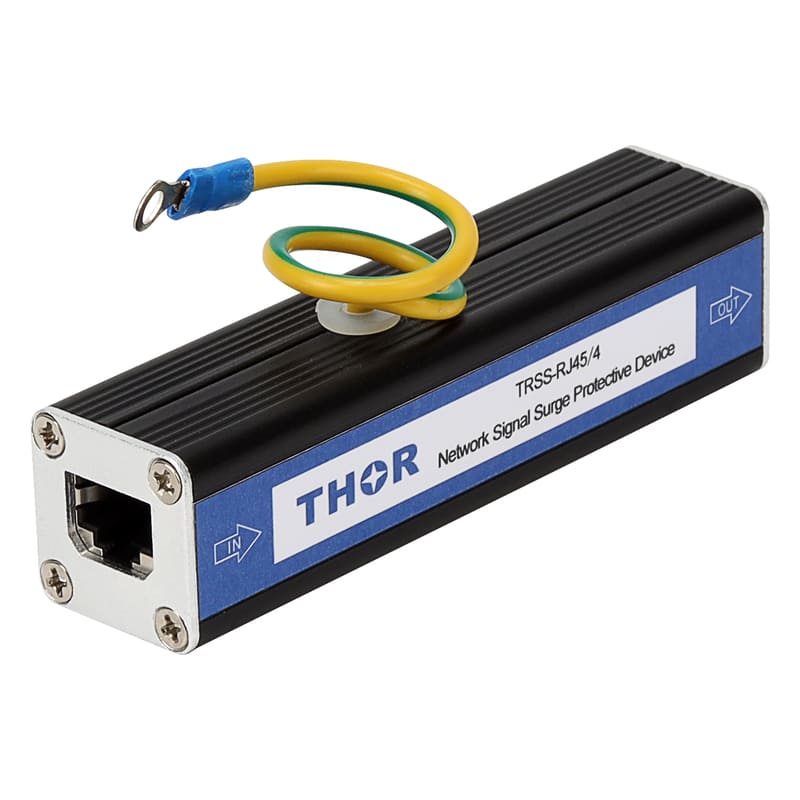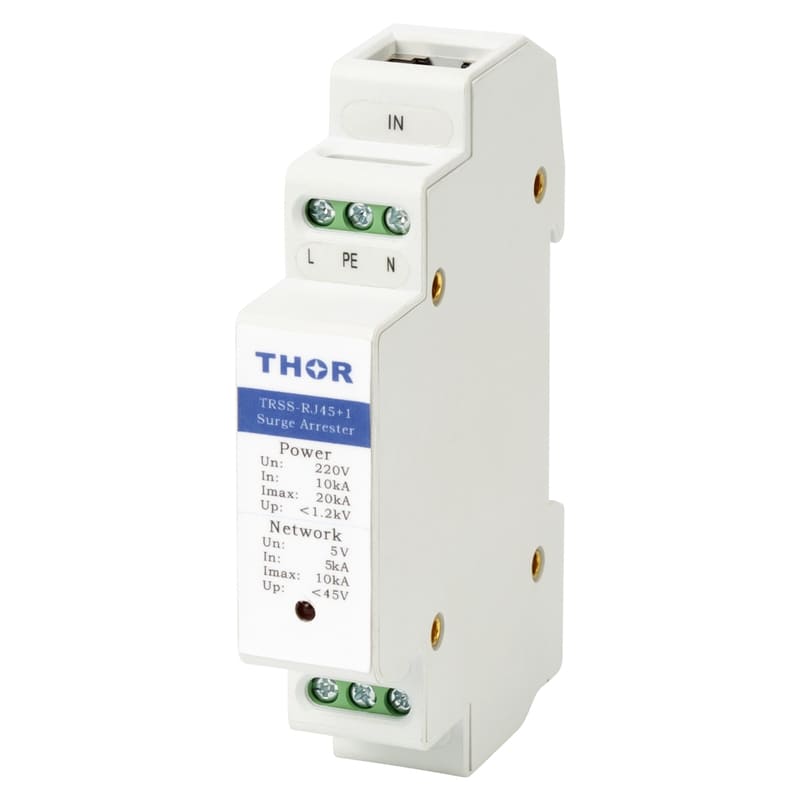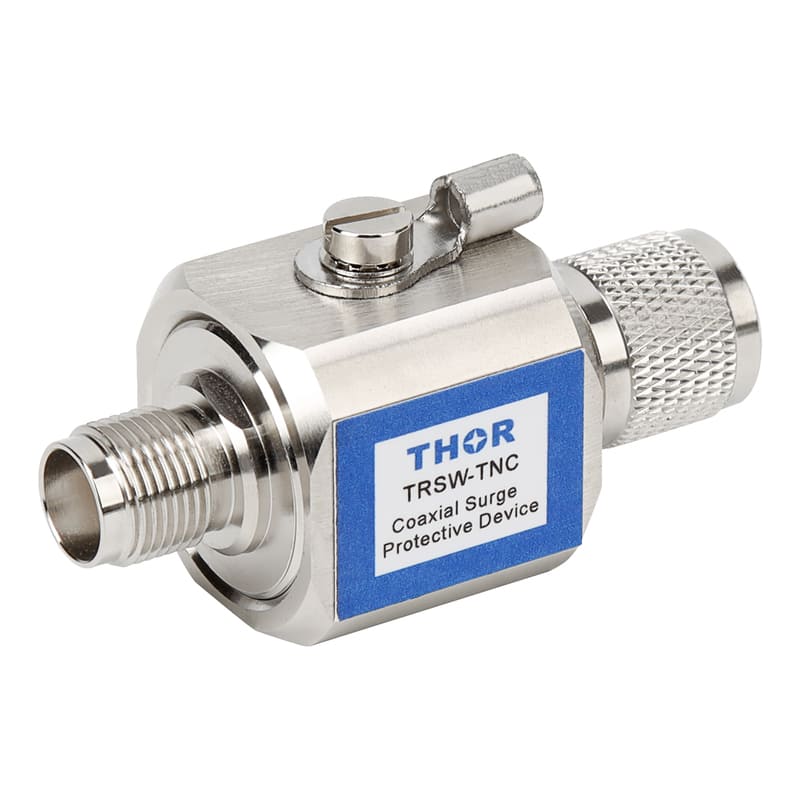Use of surge protector
In our modern, technologically advanced world, electronics and appliances have become part of our daily lives. From computers to home appliances, most of our valuable electronics are susceptible to damage from surges.
Surges, often caused by lightning strikes, wiring errors, or grid fluctuations, can send an overload of power through your equipment. This can cause serious damage to the device or even complete failure. To prevent such unforeseen damage, it is wise to invest in surge protection.
Key areas for using surge protectors:
Home office equipment: Our reliance on computers, printers and other office equipment makes this area particularly vulnerable. Protecting your important technology equipment with surge protection equipment keeps your work and data safe.
Entertainment systems: Think about your smart TV, gaming console, and sound system. A single surge can render these expensive equipment useless, so surge protection is crucial in these settings.
Kitchen Appliances: Modern kitchens are filled with sophisticated gadgets like microwaves, refrigerators, and ovens. Using a surge protector here can prevent the sudden expense and inconvenience of replacing these appliances.
Laundry Room: Washers and dryers are often overlooked, but they can also fall victim to surges. It is wise to plug these machines into surge protection to ensure their safety.
Garage Tools and Equipment: Protect tools like drills, saws and chargers from potential damage,
Ensure longevity and consistent performance.
Outdoor equipment: For those who have installed outdoor lighting systems, water features, or other electrically powered devices, surge protectors can protect against unpredictable power fluctuations due to weather changes.
Surge protectors and lightning protectors
Surge protectors work by detecting excess voltage and diverting it away from connected equipment. However, the amount of energy generated by a direct lightning strike is often beyond the ability of a surge protector to manage. When exposed to such a powerful surge:
1. Overwhelming Joule Capacity: Surge protectors have a specific Joule rating that indicates the total energy they can absorb. Surges caused by lightning strikes can quickly exceed this rating, rendering the protector ineffective and possibly damaging it.
2. Bypass response time: Although surge protectors can respond quickly (usually within nanoseconds) to divert excess voltage, the fast and intense nature of a lightning strike may be too fast for some protectors to react in time.
3. Physical damage: In addition to impairing functionality, lightning surges can also cause physical damage to surge protectors. This includes melting, scorching, and even causing small explosions in extreme cases.
Indirect strike and surge protection
Relying on a standard surge protector alone may not be enough during a storm. Here are some additional measures to consider:
Whole-house surge protectors: These surge protectors are installed on a home's main electrical panel and provide an extra layer of protection against external surges.
Unplug your devices: During severe storms, it is often recommended to unplug your valuable electronic devices as a foolproof way to ensure they are not damaged.
Grounding: Make sure your home’s electrical system is properly grounded. A good grounding system can help dissipate some of the surge energy.
While surge protection can provide valuable defense against everyday electrical disturbances, the sheer power of lightning poses challenges for even the best protectors. By understanding these challenges and taking extra precautions, people can better protect their electronic devices from the powerful forces of nature.
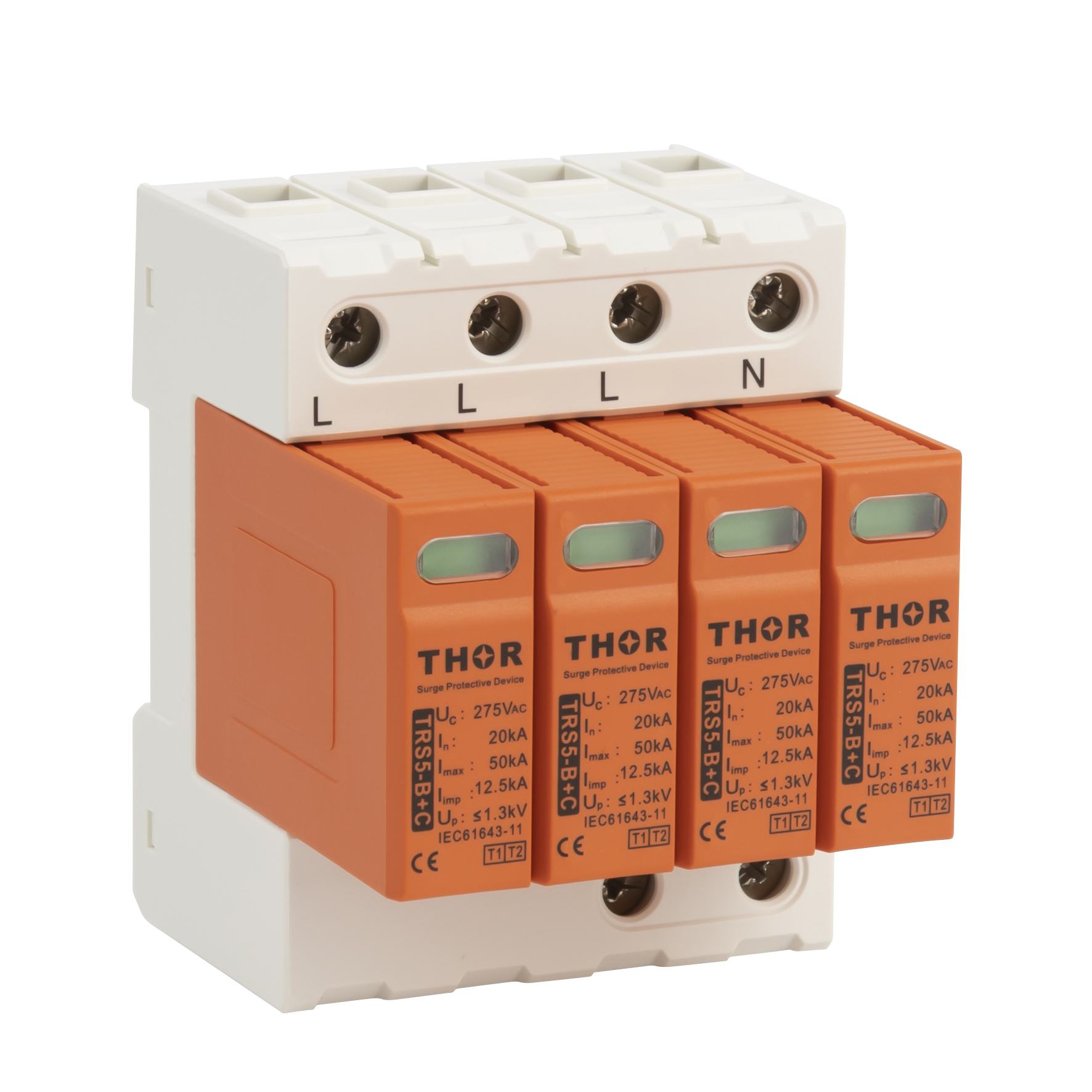
Benefits of using a surge protector:
Cost-Effectiveness: By preventing damage, you save on the potential cost of repairing or replacing expensive equipment.
Peace of Mind: Knowing your equipment is protected provides you with a sense of security against unforeseen electrical issues.
Data Security: When it comes to digital devices, not only is the hardware at risk, but so is the valuable data stored within them.
As we integrate technology more and more into our lives, knowing where to use a surge protector becomes critical. By investing in surge protection equipment, you not only protect your device, but also the valuable data, memory, and amenities within it.
Surge Protector Lifespan
The safety and longevity of electronic devices depend largely on how well they are protected from unexpected electrical fluctuations. The core of this protection is the surge protector. But how long can one trust a surge protector to provide this valuable service? To answer this question, we need to delve deeper into the longevity of surge protection devices.
Factors affecting the life of a surge protector:
Surge Capacity: Each surge protection device is designed to handle a specific amount of surge energy (measured in joules). Once this capacity is reached or exceeded, the protector may not function effectively.
Surge frequency: Homes or offices located in areas prone to thunderstorms or in areas with unreliable power may experience more frequent surges. This may cause the protector's capacity to be depleted more quickly.
Indicator Light Features: Some modern surge protectors are equipped with indicator lights that show their operating status. Changes or absence of this indicator usually indicate that the protector has reached the end of its functional life.
Quality and Brand: As with many products, brand and quality play a key role in determining longevity. Quality surge protection equipment generally provides better performance and longer service life.
General life expectancy:
While offering a one-size-fits-all product is challenging, many surge protectors provide effective protection for three to five years. However, this may vary depending on the factors mentioned above. It's important to remember that service life isn't just about time, but also the number and intensity of surges the device resists.
Maintain and replace surge protection devices:
Regular Inspections: Check your surge protector regularly for signs of wear, damage, or overheating. If any of these signs are evident, it may be time for replacement.
Monitor lights: If your device has status lights, make a habit of glancing at them occasionally. If the light goes out or changes color, check the owner's manual or consider replacing the device.
Stay updated: Technology is constantly evolving, and so are threats. Newer models of surge protectors may provide better protection against the latest types of electrical interference.
Protecting your electronics is an ongoing task. By staying informed about the status and lifespan of your surge protection equipment, you can keep your valuable equipment safe. Regular evaluation and timely replacement can keep your electronic equipment running smoothly for years to come.

